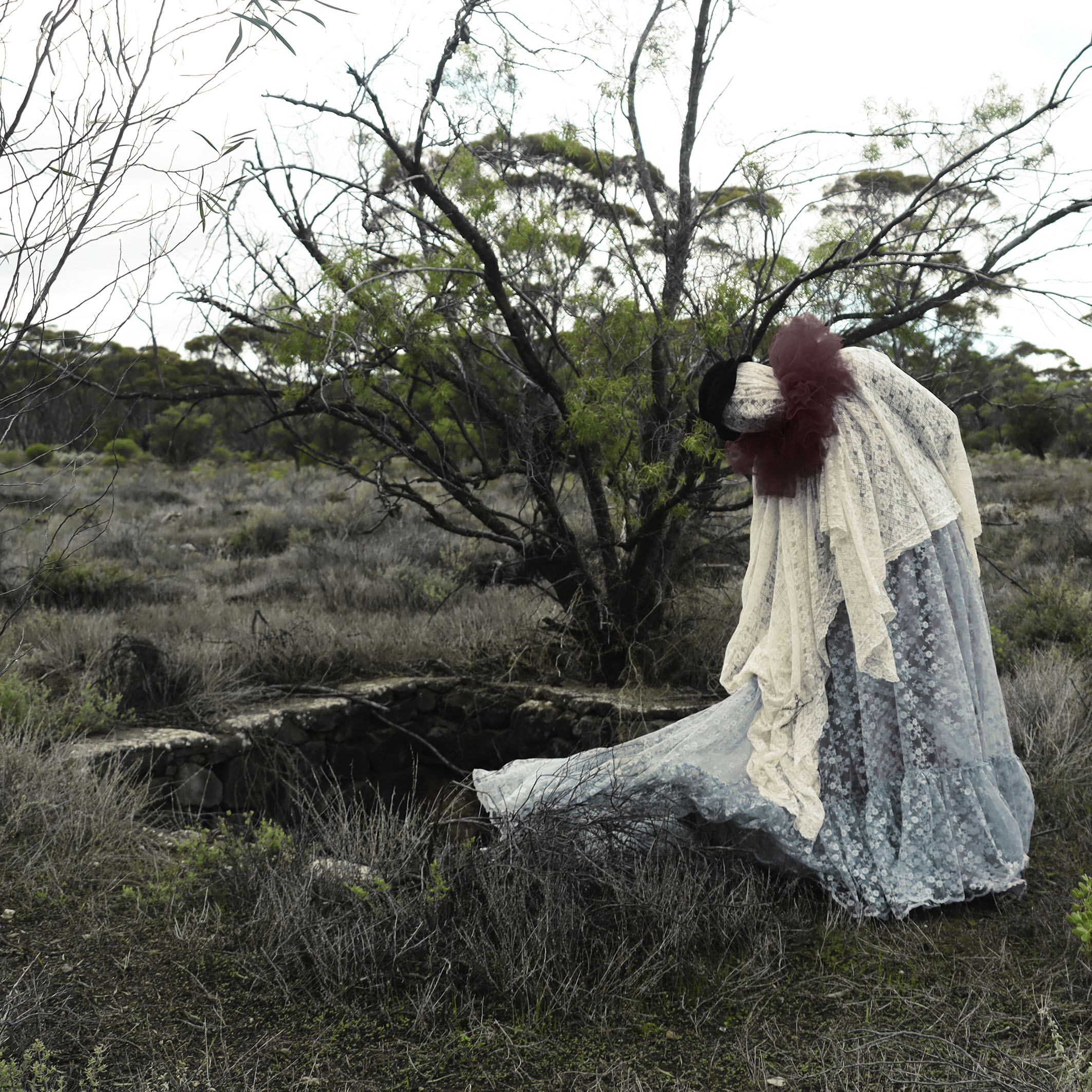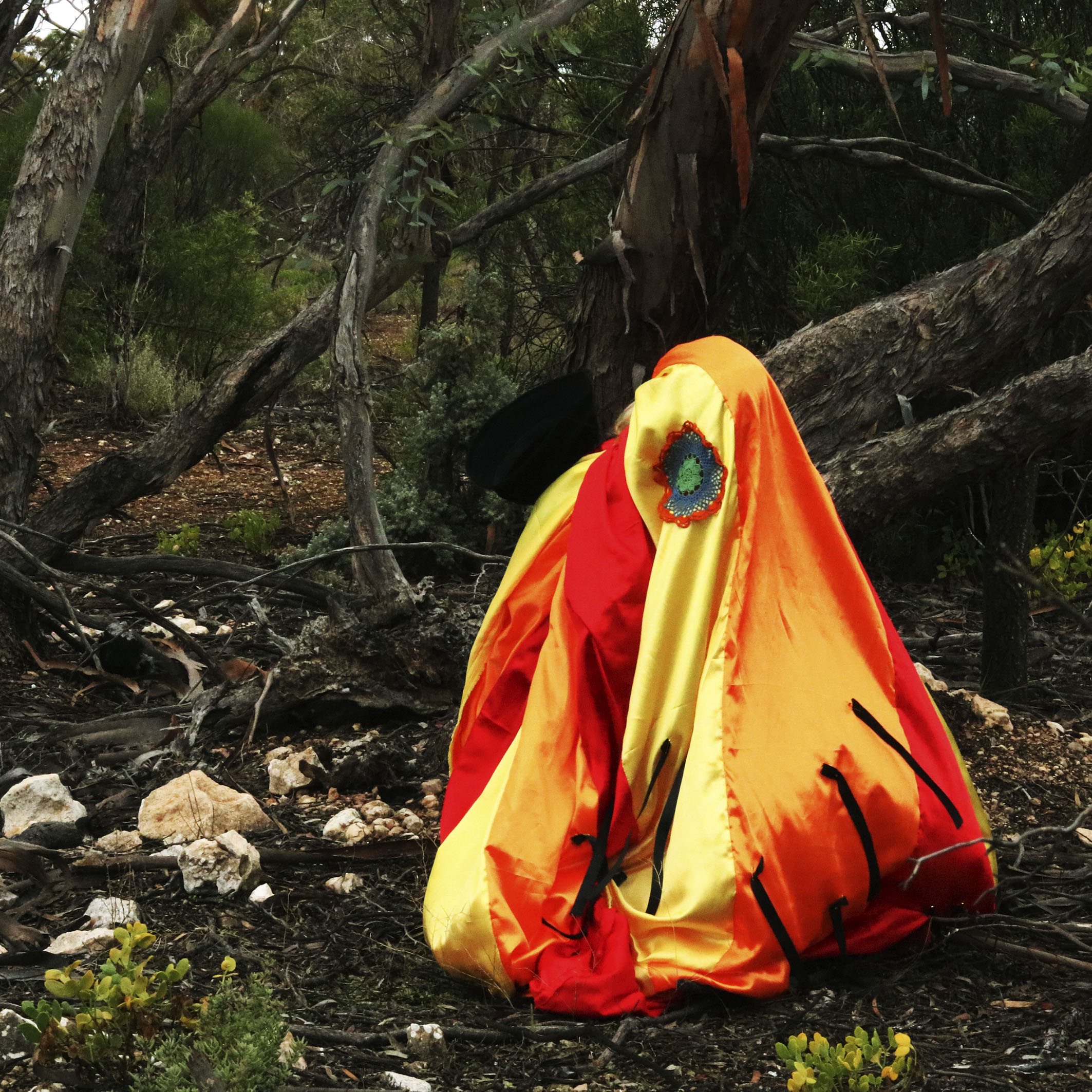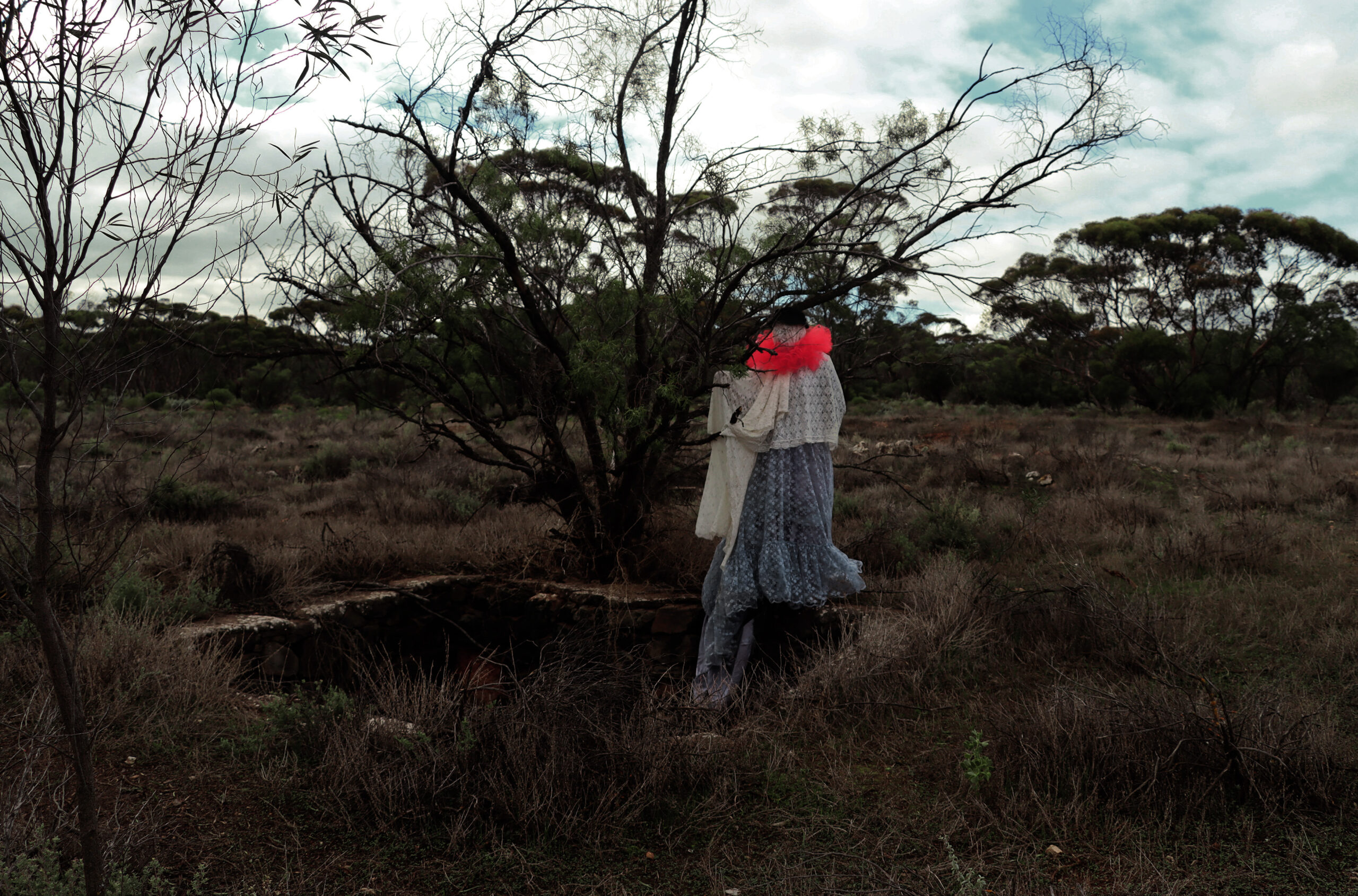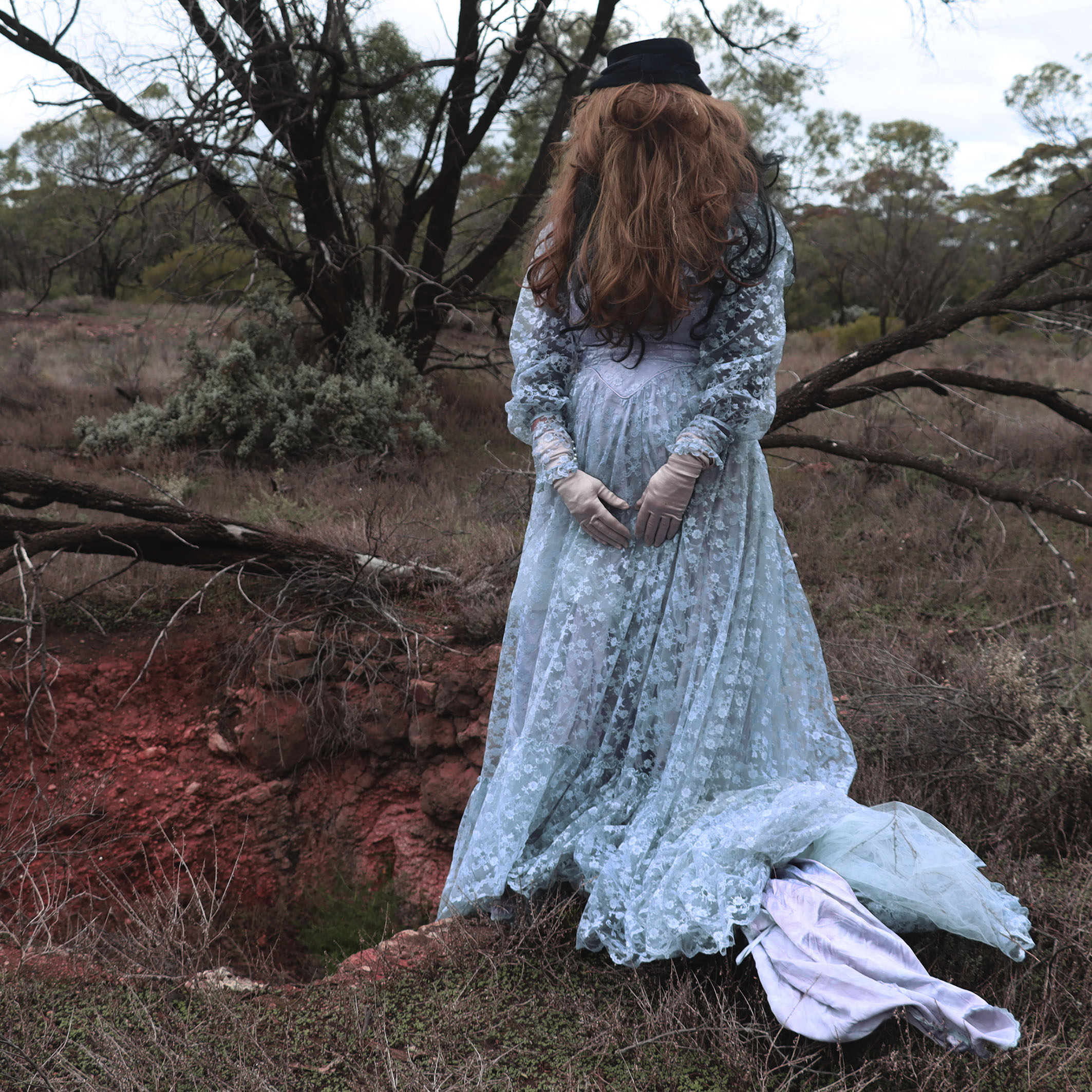Emiko Artemis explores the nature of haunting in her hew exhibition.
7 March, 2024
In Exhibitions,
Printmaking, Q&A
Above:
Emiko Artemis, By The Pit, 2024, archival digital print 29 x 42 cm.
Below:
Emiko Artemis, Cometh the Ghost,2024, archival photographic print, 30 x 30 cm
Emiko Artemis, Fire Thing, 2024, archival photographic print, 30 x 30 cm
Emiko Artemis, Arising From, 2024, archival photographic print, 50 x 33 cm
All images © and courtesy of the artist



Q: What were some of the foundation ideas for this exhibition project?
A: I began with the play of Bertolt Brecht, particularly his play, St Joan of the Stockyards and his theories of theatre. St Joan of the Stockyards interrogates the trade industries of the last century. I used this as a foundational idea to explore the charcoal burning industry of the Riverland region of NSW and South Australia. The way I explored this, using a feminist lens, is to use the metaphor of haunting. This is the idea that history, particularly that which is unspoken or misrepresented, like the history of many women or the history of female labour, comes back to the present as a haunting or a trace.
Q: How did the artwork selection take place?
A: When I’m creating work for a specific setting, I begin by taking a huge amount of imagery in both analogue and digital cameras. Then I let these sit in my mind for a while before making the final selection closer to the install date when my research is more finalised and I have a clear idea of what and how I want to present.
Q: How does the exhibition manifest – what do visitors experience?
A: People come into the space and see in front of them the photographic images, with the key image in the centre. Then to the side is the sculptural installation of a house with elements inside that reference women’s labour. In the corners of the gallery are two moving image works. The experience is one where you can walk through in any pace or direction, I see it as a meander through different explorations of the subject.
Q: What are some of the key works and what subject matter do they deal with?
A: The key photographic image is the work, Floating Flying. It grounds the exhibition in the idea of ephemerality and ghostly metaphor. Another key work is the house, which is a steel frame house that has a dress maker mannequin inside, covered with broken pianola parts. This work references the way that the women of the charcoal industry, many of them migrants from European countries, tried to bring with them their old life as they attempted to come to terms with their new one. It would have been challenging. My own maternal family left heartbreak and difficulty in Sweden, eventually joining the steel industry of Newcastle in NSW. I know a little from my family history how hard that was.
Q: What is it about the printmaking experience that you most appreciate?
A: The process. I am an impatient person and live with disabilities so I have stages of energy and fatigue. I also need to keep moving and ganging things. So the way printmaking requires set stages to complete a whole is absolutely perfect for me. I also love the mystery of it and the way an image reveals itself to you over time. It’s almost like the artwork has a spirit that you work alongside, learning its language, adjusting yourself to its needs. It’s quite beautiful.
—
The Object of Labour, the Place of Redemption by Emiko Artemis is at Mildura Arts Centre until 14 April. Open daily, 10am-4pm, 199 Cureton Ave Mildura
—
Join the PCA and become a member. You’ll get the fine-art quarterly print magazine Imprint, free promotion of your exhibitions, discounts on art materials and a range of other exclusive benefits.





